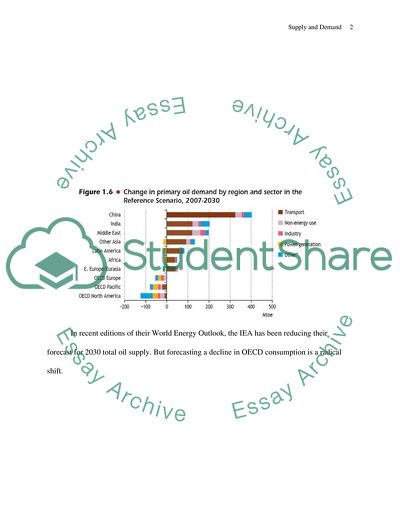Cite this document
(International Energy Agency Calls 'Peak' On OECD Oil Demand Assignment - 4, n.d.)
International Energy Agency Calls 'Peak' On OECD Oil Demand Assignment - 4. https://studentshare.org/macro-microeconomics/1561725-economics
International Energy Agency Calls 'Peak' On OECD Oil Demand Assignment - 4. https://studentshare.org/macro-microeconomics/1561725-economics
(International Energy Agency Calls 'Peak' On OECD Oil Demand Assignment - 4)
International Energy Agency Calls 'Peak' On OECD Oil Demand Assignment - 4. https://studentshare.org/macro-microeconomics/1561725-economics.
International Energy Agency Calls 'Peak' On OECD Oil Demand Assignment - 4. https://studentshare.org/macro-microeconomics/1561725-economics.
“International Energy Agency Calls 'Peak' On OECD Oil Demand Assignment - 4”. https://studentshare.org/macro-microeconomics/1561725-economics.


